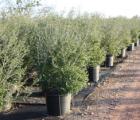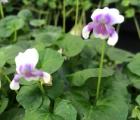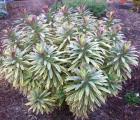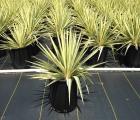Pride of Houston Yaupon Holly
Pride of Houston Yaupon Holly is a native evergreen shrub that thrives here in Texas. It has beautiful red drupe berries during the fall and winter months, making this a very festive holiday plant! Pride of Houston is strictly a female cultivar, so you will get berries every year! Pride of Houston is drought tolerant, wind tolerant and heat tolerant!





